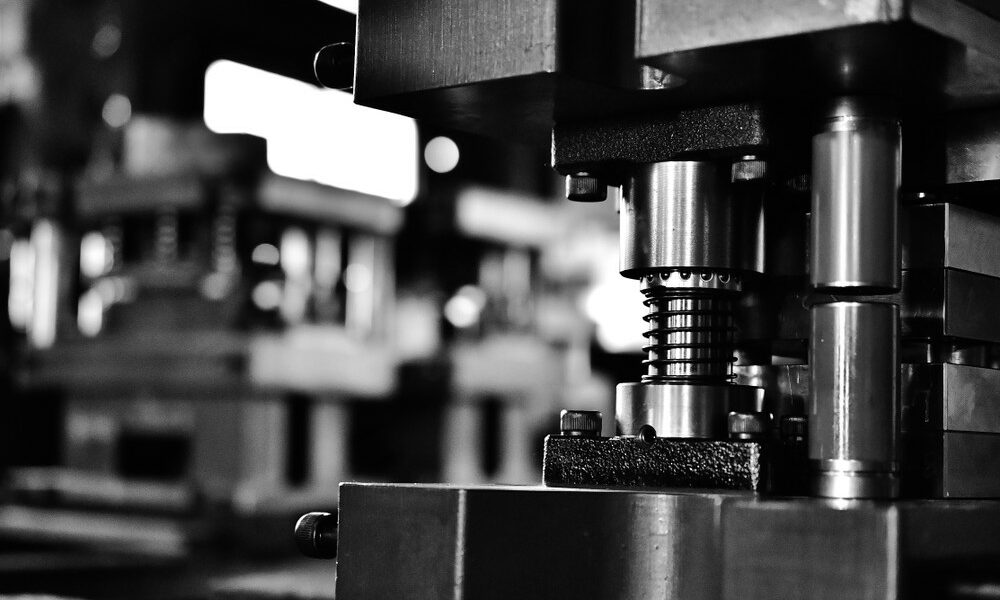Many factors contribute to ensuring accuracy, high-quality results, and long-lasting tools in a metal stamping press. One of them is die clearance. Let’s talk about what die clearance is, why it’s important, and how it’s calculated.
What Is Die Clearance?
Die clearance, typically expressed as a percentage per side, is the distance between a punch’s cutting edge and a die button’s cutting edge. It’s the amount of extra space that’s needed to provide the leverage to shear and break the stock material to create a hole. The percentage per side relates to the thickness of the workpiece material.
Why Is Calculating Die Clearance Necessary?
Die clearance is an incredibly important specification to get right. That’s why our engineers at Moeller Precision Tool have put lots of time and effort into researching and testing how different clearance values affect different stamping applications.
Having the correct die clearance will help you:
- Get a cleaner, more accurate result and ensure the quality of the stamped part
- Reduce the possibility of galling and adhesive wear
- Extend the life of your precision tools
On the flipside, having an incorrect die clearance calculation could result in:
- Excessive burrs
- Out-of-tolerance holes
- Cracks and breaks in punches, buttons, and other precision tools
- Increased tonnage and punch force requirement
How Is Die Clearance Determined?
An industry rule of thumb is for die clearance to be about 10% of the punched material’s stock thickness. However, it’s important to know further research has proven that increasing that percentage up to 11-20% can greatly reduce the strain on punch tooling.
But it’s usually not as simple as that. Determining die clearance can be very confusing because you need to consider many variables — so many variables that even within the same die, there are often different clearance percentages for every hole in the stamped part! Below, we’ll list some of those variables and die clearance estimates.
Factors That Affect Die Clearance
These are the main factors determining how much die clearance is required for safe, consistent, high-quality stamping operations.
- Punch & workpiece material type
- Punch & workpiece material thickness
- Punch & workpiece material hardness
- Punched hole size & geometry and tolerancing
- Anticipated tool life
Example Die Clearance Values
After taking all of the factors listed above into consideration, you can then formulate an equation to determine the correct die clearance for your application. As an example, we’ve included a chart below with various materials and hardness characteristics, as well as their recommended die clearance values for general-purpose holes using non-ejector punches.
| Workpiece Material | Suggested Die Clearance Per Side (Soft) | Suggested Die Clearance Per Side (Hard) |
| Aluminum | 10% | 20% |
| Brass-Copper | 6% | 15% |
| Low-Carbon Steel | 10% | 12% |
| High Strength Steels | 18% | 20% or more |
Get the Details Right. Choose Standard & Special Die Components From Moeller Precision Tool.
With technologically advanced equipment and a staff that’s fully committed to its customers, Moeller Precision Tool continues to lead the industry in high-quality precision tool manufacturing. When die clearance questions and issues arise, our team is eager and ready to cater a specific solution to your tooling needs.
To learn more about us and how we can help you, contact us online.

